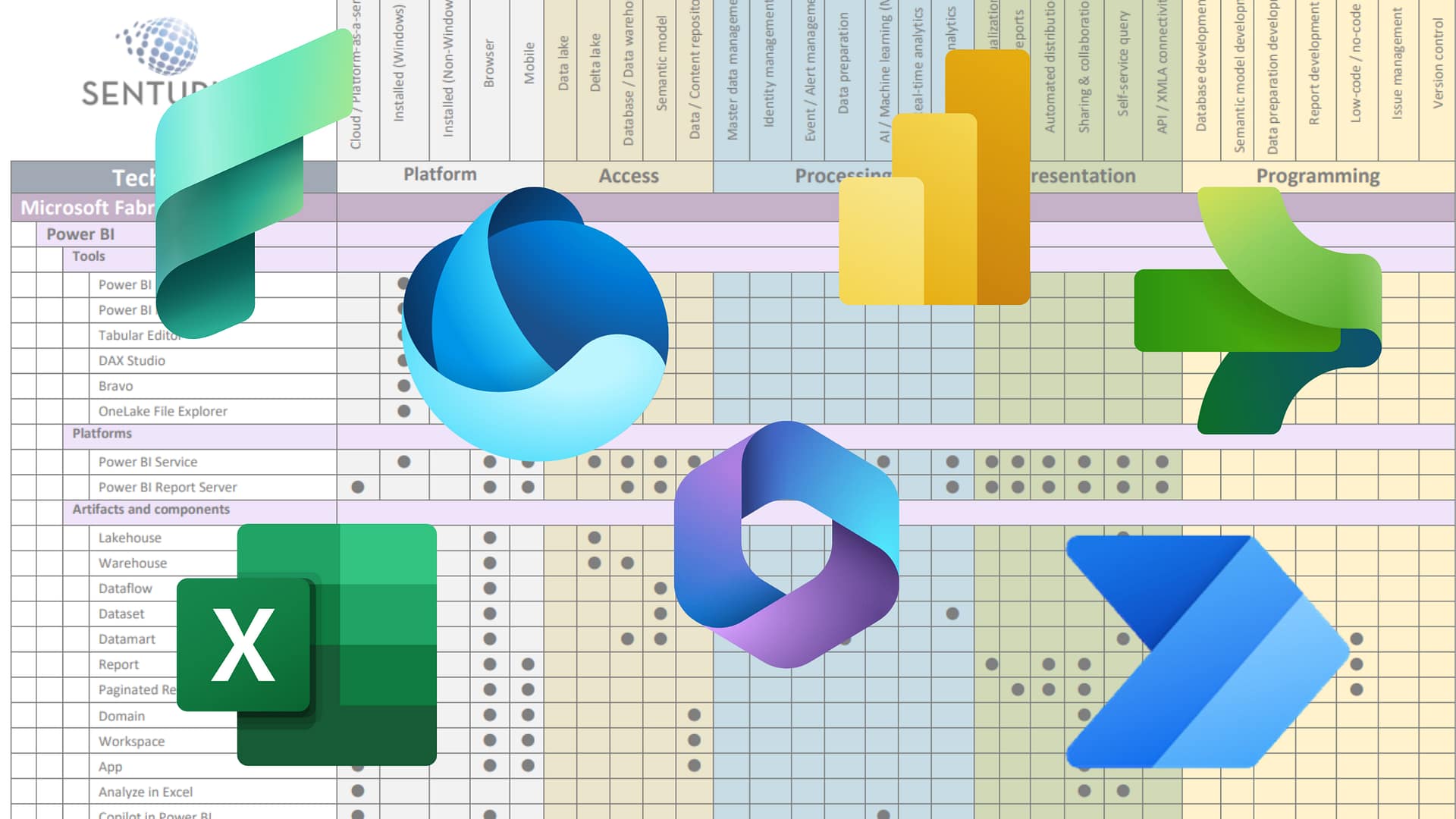From the desk of our Tableau expert: part 3
Chuck Hooper, one of our in-house Tableau gurus, answers the most commonly asked questions we get about Tableau. Chuck started Tableau’s Professional Services consulting division and was one of the few individuals Tableau designated as a Tableau Zen Master. If you have questions, you’ll get the best answers here!
Q: How much can I customize the desktop experience (change defaults)?
A: Tableau’s defaults are well thought out (fonts, colors, sizes, etc.). Once you’ve created views, you can make changes to fonts, colors, sizes, ledens, data types. When you make those changes, you are changing defaults for the view or the workbook you are in. You are not changing defaults for subsequent workbooks.
Q: What are some of the chart types Tableau can create?
A: Default chart types include heat maps, highlight tables, geographic maps, stacked bars, grouped bars, bars, tree maps, lines, pies, dual axis, scatter plots, histograms, Gantt, bullet graphs, packed bubbles, and more. Default chart types are available via a “Show me” button. Based on the data selected, Tableau will show you the available default chart types. Other common chart types are available (trellis, waterfall, gauges) just not via the show me button.
Q: How can I share charts, reports, and dashboards I’ve created?
A: Tableau Desktop offers multiple ways to share what you’ve done. You can:
- Publish to Tableau Server (see our on-demand webinar about Tableau Server) and any licensed Tableau Server user can see, and interact with, what you’ve made available.
- Extract the data needed and save your works as a packaged workbook (.twbx extension). That file can be sent to users with the free Tableau reader. Users can interact with whatever you’ve built with the extracted data.
- There are multiple ways to create image files or .pdf files for distribution, of course there is no interactivity with these files.
Q: Does Tableau support any mobile devices?
A: Yes, any Tableau Server view can be accessed with any browser, even on a tablet or cell phone. There is an iPad app that facilitates getting to and viewing Tableau Server-published files. VIzable, a stand-alone iPad app, allows data analysis using an iPad. Data can be accessed via email attachments and cloud sources, such as Dropbox or other file sharing services.
Read Chuck’s first Tableau FAQ post about how to get started with Tableau or learn more about accessing data from his second Tableau FAQ post.


